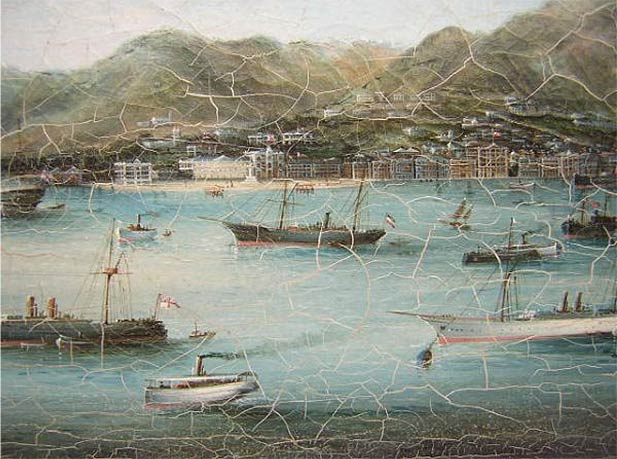
|
Subject:Re: Restoration/Conservation of China Trade Paintings
Posted By: WayanBima Mon, May 07, 2012
Thanks for your input, but the painting illustrated in my post isn�t my painting. It�s a detail shot of one sold at auction by Knoder Galleries in 2006 for $5,000.00. You can view the full painting here, and btw, that painting had already been restored prior to being auctioned.
http://www.liveauctioneers.com/item/2331578
I merely used the photo to illustrate the kind of excessive craquelure often encountered in China Trade paintings and to form the basis of my question.
|
 Restoration/Conservation of China Trade Paintings
Restoration/Conservation of China Trade Paintings  ( China & Japan ) - WayanBima - May 04, 2012 (07:04 PM)
( China & Japan ) - WayanBima - May 04, 2012 (07:04 PM)  Re: Restoration/Conservation of China Trade Paintings - LEE - May 06, 2012 (07:15 PM)
Re: Restoration/Conservation of China Trade Paintings - LEE - May 06, 2012 (07:15 PM)  Re: Restoration/Conservation of China Trade Paintings - WayanBima - May 07, 2012 (07:27 AM)
Re: Restoration/Conservation of China Trade Paintings - WayanBima - May 07, 2012 (07:27 AM) 